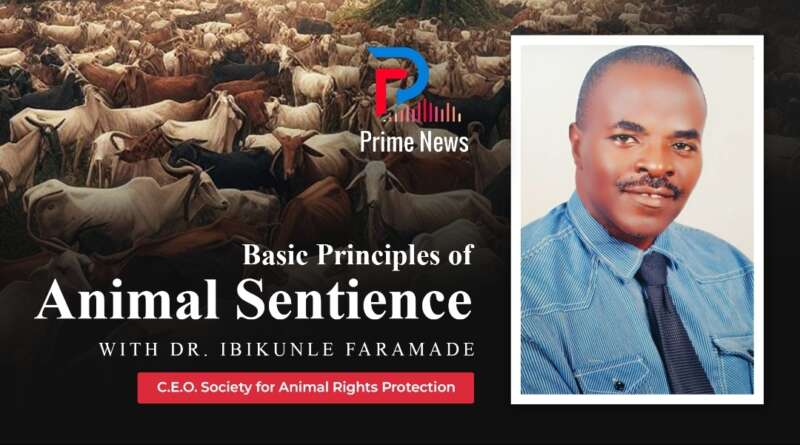Lagos – Calabar Coastal Road Project: Between Urbanisation, Environmental Sustainability and Wild Life Resources Conservation
By Dr Ibikunle Faramade
Road construction has been part of human evolution from the time immemorial. They serve so many purposes centred on economic development, migration, improvement of human networking and facilitation of movement of goods and services and promotion of food security. Without roads, communities would have been living in isolation with no opportunity for networking. The possibility of harnessing goods and services from other places with comparative advantage would have been lost. Life would have been very boring and monotonous. Population dynamics would have been static. Life without interconnecting roads linking hinterlands to mainland, agricultural fields to markets and ports etc. cannot be imagined!
Roads are one of the major indices of development. They speak about the history of human civilizations. They serve as sentinels of historical information used by anthropologist, archeologists, historians, geographers, sociologists etc. in their quest to understand the level of human advancement and sophistication across time and space. Historically, the first roads were paths created by animals and later used by humans. The earliest records of these paths were found in Jericho about 600BC while the earliest records of constructed road dated back to 4000BC which was made of stone-paved streets at Ur in modern Iraq. The Bronze Age’s availability of metal tools aided the improvement of stone pave roads about 2000Bc.
Roads from the Island of Crete, Persia and Babylon, Egypt and Greece were road built in antiquity. Better technology came up later in Europe which cut across all parts of major city. Similar development went on in other parts of the world, among the Asians and Inca people of South America. Road development as we know it today derive so much from Romans’ technology. The largest paradigm shift in road construction was made by McAdam, born in Scotland in 1756. Since them, road construction has been subjected to several modifications to ensure safety and durability. The first road construction in Nigeria took place in 1906 between Ibadan and Oyo. By 1914, there were 3200 kilometers of roads in Nigeria. As of today, Nigeria boosts of 195,000 kilometers of road crisscrossing the length and breadth of the country, although, only about 60,000 are asphalted roads.
In its quest to improve livelihood, promote economic integration through the movement of goods and services, especially at the coastal areas on Nigeria, the Federal Government is ready to commence the construction of a very massive road infrastructure extending from the international port city of Lagos to Calabar, Cross River State. This is a very laudable and ambitious project capable of transforming the economic landscape of people who are home to the states in the area. These include Lagos, Ondo, Edo, Delta, Rivers, Akwa Ibom and Cross Rivers States.
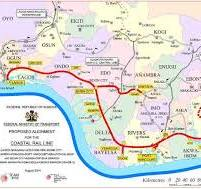
However, as the government is a making efforts to urbanize communities through infrastructural projects such as this, the implications on environmental sustainability and wildlife resources needs to be put in proper perspective. It should be noted that the ecosystem is balanced through different compensatory mechanisms between humans and other creatures in the environment including flora and fauna. Wildlife plays critical roles in ensuring the survival of humans among others. Through predatory activities seen in the food web, wild animal population are maintained through the balance between the population of the prey and the predator. If the animals on the top hierarchy of food web are driven to extinction, there would be excessive proliferation of the prey which could also become pests and vector of diseases etc.
In between these seven states, there are many bird sanctuaries, rare species of different types of animals etc. Forest serving as habitat would also be lost. What are the plans already put in place to ensure that these animals, especially, the rare protected species are not killed or exposed to habitat loss or habitat fragmentation. Are their plans to ensure that these areas are protected? Are there plans to prevent the road from affecting the national parks situated in that belt or are there plans to create new ones away from the road set backs?
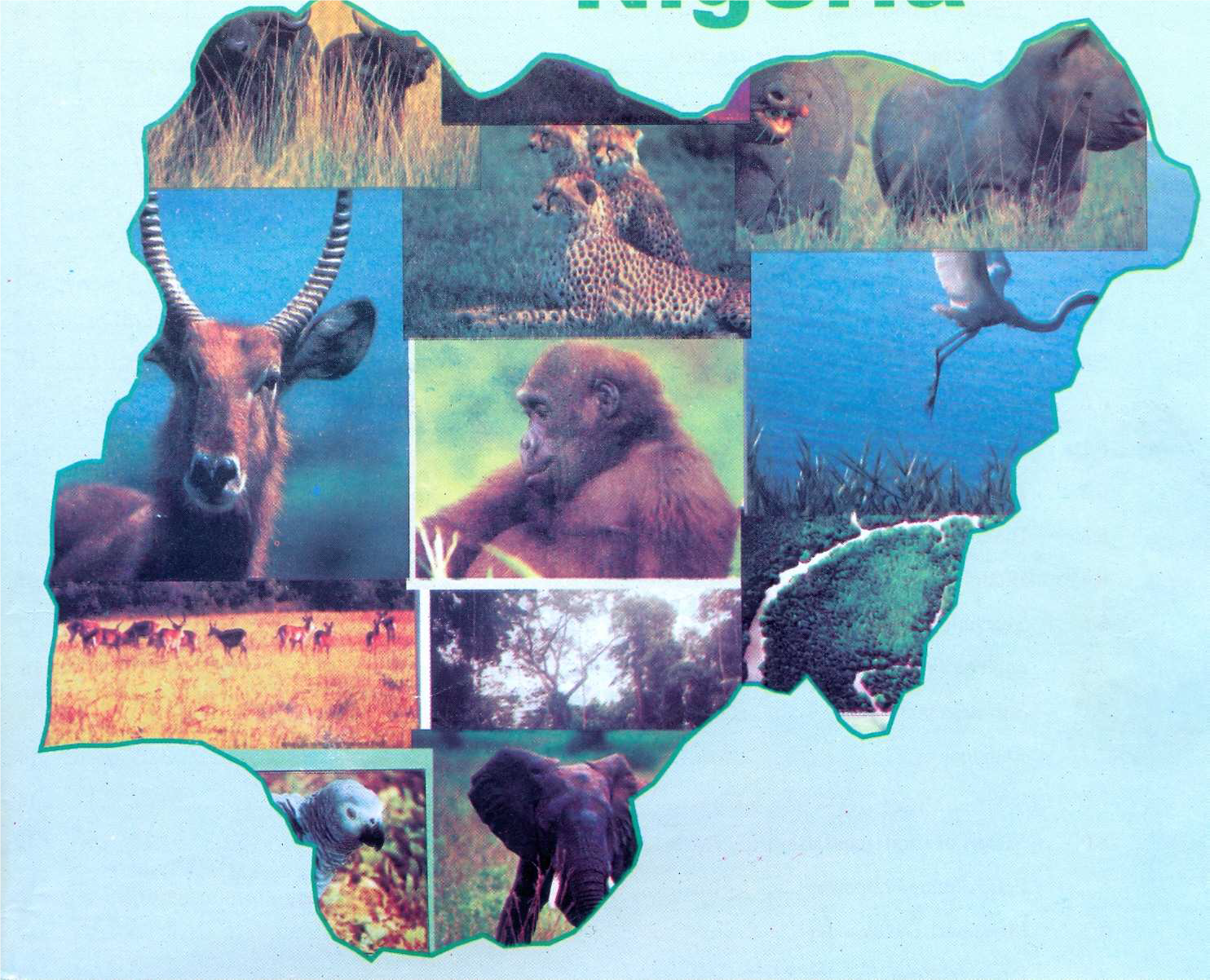
The following animals, most of which are present in only few numbers are already listed as critically endangered.
Cross River Gorilla– Gorilla gorilla diehli (critically endangered, approximately 100 remaining at 3 sites in Cross River)
Forest Elephant– Loxodonta cyclotis Endangered, small population found in Oban and Okwango division of Cross River National Park
Nigeria-Cameroon Chimpanzee Pan troglodytes ellioti (critically endangered, with 1500-3000 left in Nigeria and approximately 3500-9000 in Nigeria and Cameroon)
Niger Delta red colobus monkey Procolobus epieni critically endangered, found in the marshy forests of central Niger-Delta.
Preuss’s red colobus monkey– Procolobus preussi (threatened locally with extinction, and found around the Oban hills of Cross River national park)
 Grey-headed Picathartes (Rockfowl) Picathartes oreas. A threatened species found in Cross-River state, Cameroon, Gabon and Equatorial-Guinea. About 10,000 of its total population is left, while 200 maybe left in Nigeria from a recent survey
Grey-headed Picathartes (Rockfowl) Picathartes oreas. A threatened species found in Cross-River state, Cameroon, Gabon and Equatorial-Guinea. About 10,000 of its total population is left, while 200 maybe left in Nigeria from a recent survey
Preuss’s guenon Allochrocebus preussi preussi (threatened, found in the Obudu plateau and Okwango areas of Cross-River state and South-west Cameroon.
Drill Mandrillus leucophaeus leucophaeus (endangered, and found in the rainforests of Cross-river state and the nearby forests of Cameroon.
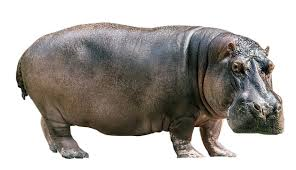
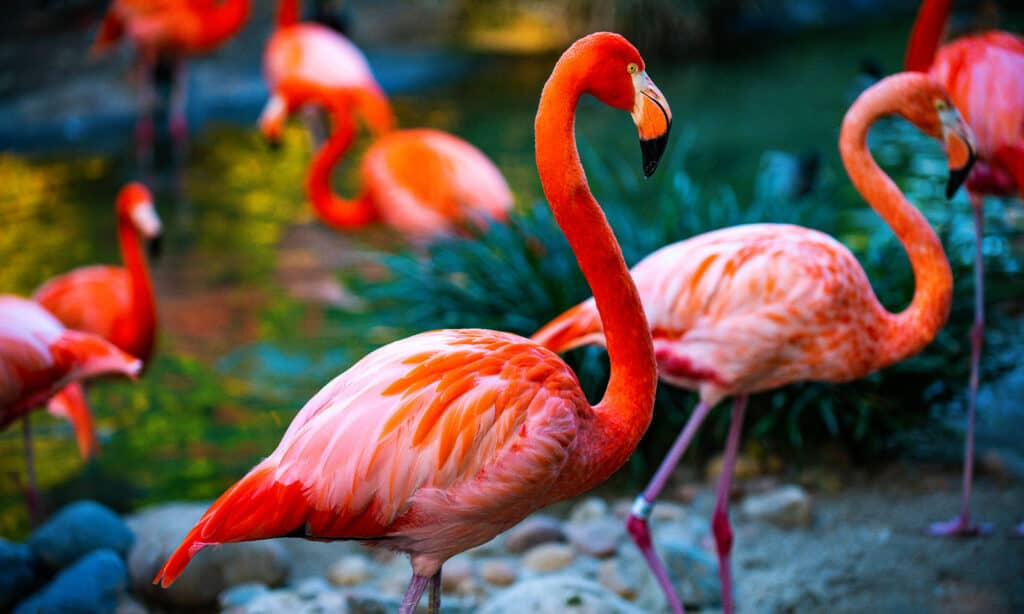
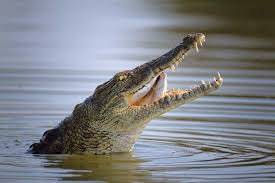

These are just few examples.
It is hereby advocated that a balance should be struck in our development strategy in a way that Goal 9 of Sustainable Development (industry innovation and infrastructure), Goal 10 (Sustainable cities and communities) and Goal 15 (live on land) would not be compromised.
 This is only possible if the government could go beyond the evaluation of traditional Environmental Impact Assessment (EIA). It is crucial to consider the incorporation of Biodiversity Impact Assessment in order to ensure holistic sustainability of species and conservation of biodiversity .
This is only possible if the government could go beyond the evaluation of traditional Environmental Impact Assessment (EIA). It is crucial to consider the incorporation of Biodiversity Impact Assessment in order to ensure holistic sustainability of species and conservation of biodiversity .
Dr. Ibikunle Faramade is a veterinary pathologist, sustainable development practitioner, animal welfare advocate and a lecturer at the Federal College of Animal Health & Production Technology, Apata. Ibadan. He’s the C.E.O of the Society for Animal Rights Protection, a non-profit and a non-governmental organization dedicated to the promotion of animal welfare, animal rights and prevention of cruelty to animals. animalrightsprotection2020@gmail.com , +2348028305284

